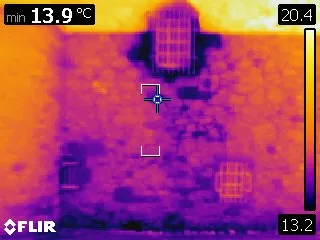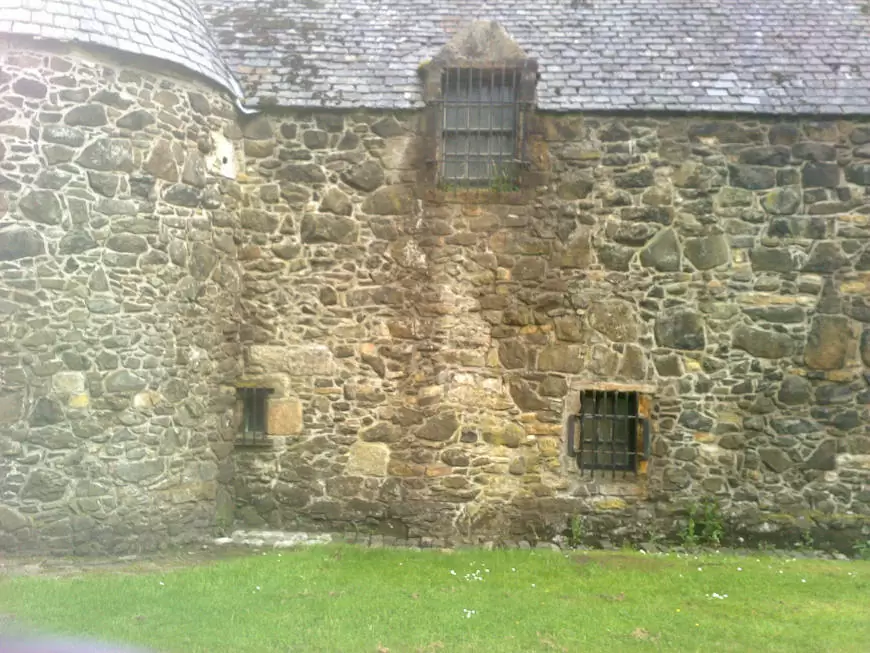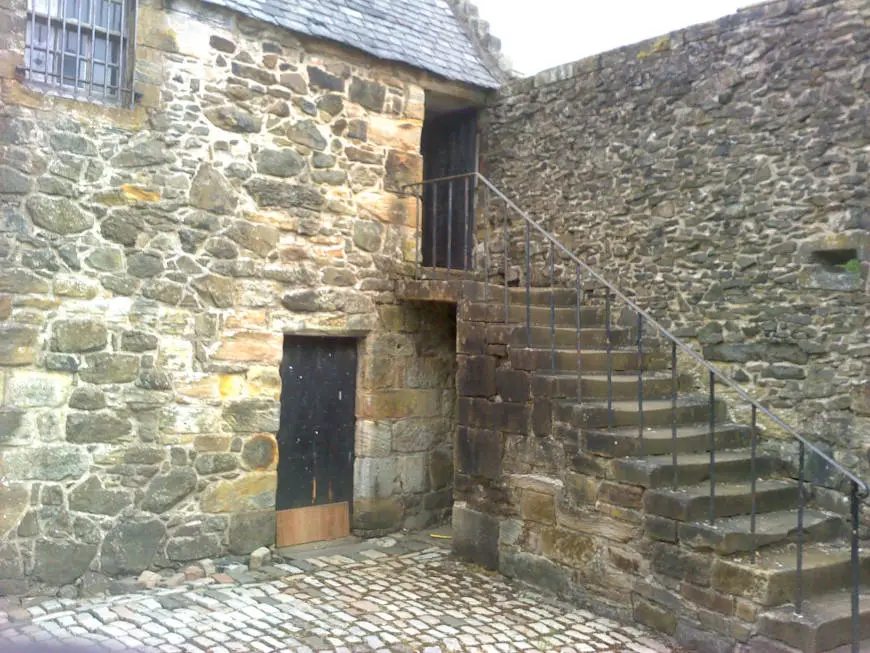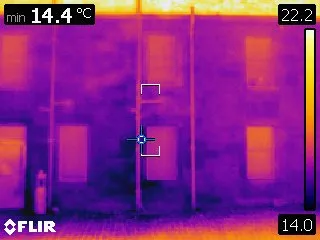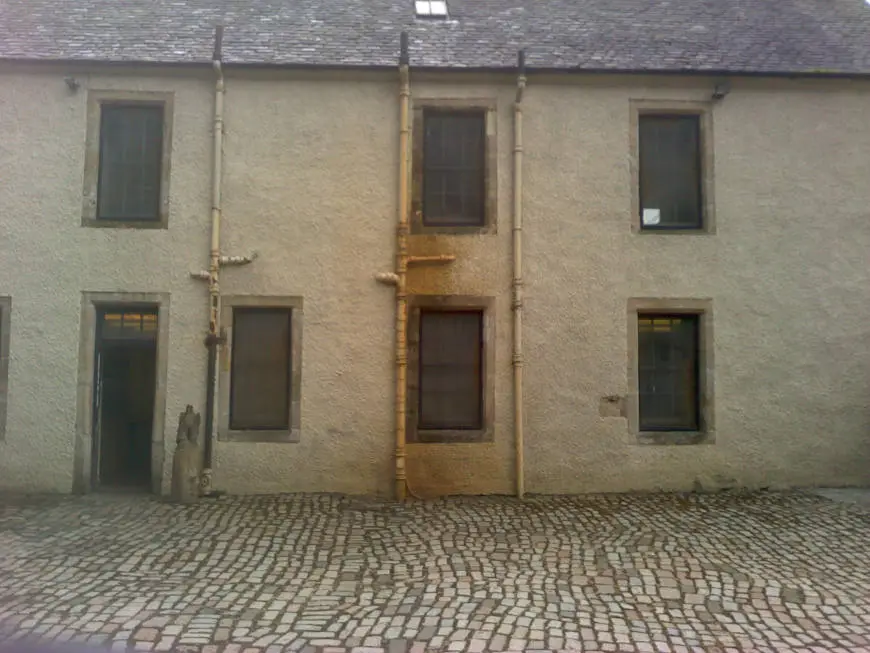Damp and Decay on Provan Hall, Glasgow
The Problem
H+R were instructed to undertake an investigation of the oldest building in Glasgow dating back to the 15th century. H+R needed to identify the probable extent of damp and decay problems and associated defects and latent defects; so that advice could be given on cost-effective remedial measures suitable for risk management, planning and QS purposes. This would allow the refurbishment of the building with the minimum risk of damp and decay related problems whilst conserving historically important materials and maintaining the capital value of the property.
Many of the historic timber structures had been vulnerable to dry rot decay in the past and continued to be vulnerable to wet rot decay; especially where embedded or in contact with damp affected and dry rot infected masonry. There was widespread evidence of wood boring beetle damage, especially in areas which were damp-affected, partially damaged by wet rot or were affected by intermittent condensation moisture. These issues could be caused by a multitude of different factors, however, the most common problems were related to faulty roofing; failed roof drainage, insensitive repair materials or general damage and lack of maintenance. All of which had a detrimental effect. The client had been previously advised to use chemical treatments.
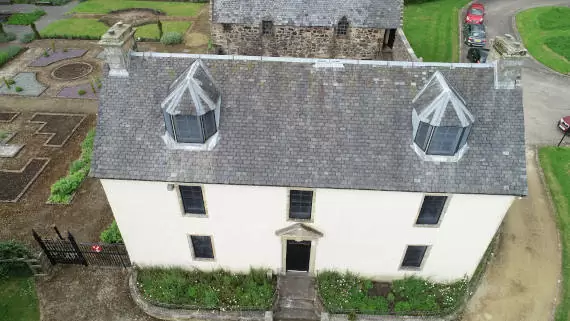

The Solution
Using non-destructive techniques, H+R investigated the extent and cause of the damp and decay. The gutters, downpipes and general condition of the roof was investigated by remotely flying the H+R DJI Phantom drone around the property and using a FLIR thermographic camera to capture ‘cold spots’ highlighting areas of dampness which were not so readily apparent by the human eye alone.
We were able to investigate the building envelope at high level without further means of fixed access and added cost to the client. We provided cost effective recommendations for the repair of damp and decayed structures. Which included isolation of timber elements from damp or potentially damp and dry rot infected masonry with a damp-proof material. These practical and common sense remedial works prevented the unnecessary use of chemical treatments and injected damp-proof courses allowing the retention of the historic fabric whilst mitigating the risk of further decay. The remedial strategy devised by H+R identified other potential defects and latent defects from the previous refurbishment and gave recommendations for cost effective risk management measures for the future refurbishment of the building.
Case Study Gallery



